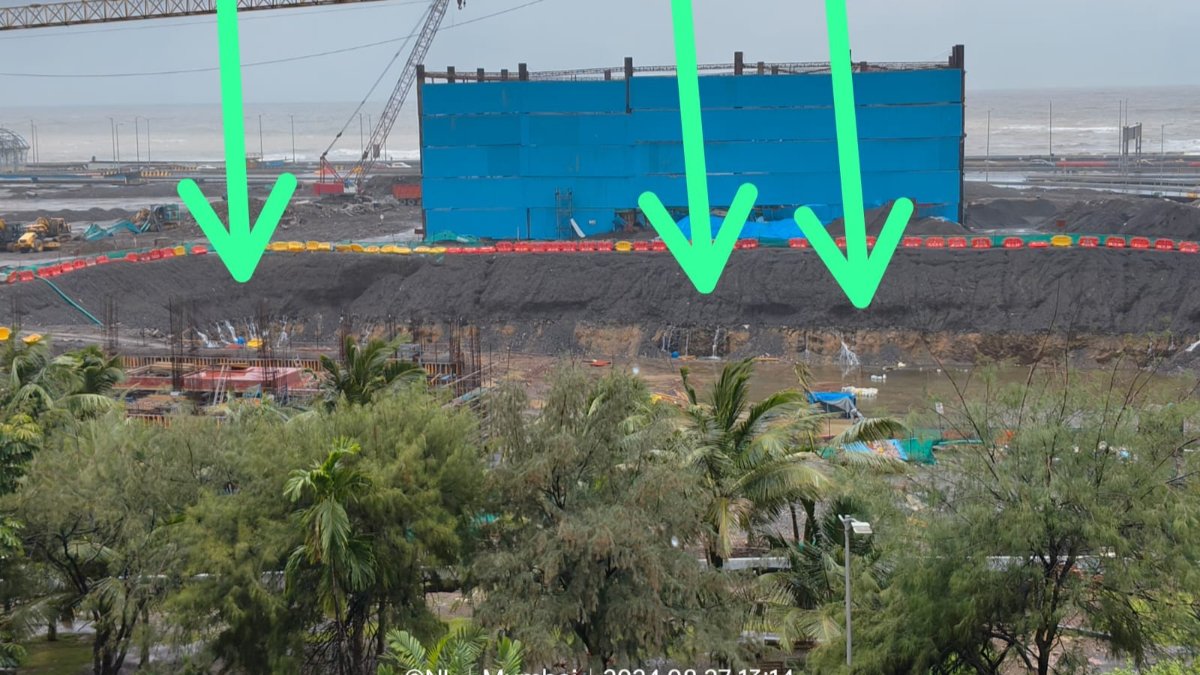Ozempic, the Danish pharma giant Novo Nordisk’s anti-diabetic drug, has had everyone’s attention over the past year. The injectable drug clinically known as semaglutide has made major promises, including the immense potential to fight obesity and other major conditions.
Eli Lilly’s Mounjaro
Now, Eli Lilly, the largest pharmaceutical company in the world in terms of market capitalisation, has launched its own version of the magic drug. Tirzepatide, or Mounjaro, as the company is calling it, is another anti-diabetic drug that is now promising to deliver exceptional results.
As a result of this, the company shares have seen a strong growth in their prospects.
Adani Energy Bags ₹2,800 Crore Transmission Project In Gujarat
For Green Hydrogen
Eli Lilly And Co Shares
When it comes to the latest session at Wall Street, the company shares closed in red with major cuts.
The company shares dipped by a significant USD 12.55 or 1.45 per cent.
When we look at the larger picture, the company shares have made cumulative gains in the past 5 trading sessions.
The company stocks have expanded by USD 29.35 or 3.57 per cent in the past 5 trading sessions.
As a result, the total value of the company shares zoomed to USD 852.35 per piece.
The launch of Mounjaro by Eli Lilly is an intriguing avenue, especially from the Indian point of view, as the most populous nation on earth also holds the notoriety of high obesity and high diabetes cases.
In fact, India holds the infamous tag of being the capital of diabetes, given the number of people suffering from the disease.
The Challenges Ahead
However, as some reports have pointed out, the price of the drug would be sticking point for the company and its prospects.
As according to a CNBC report, the drug is priced between Rs 3,500 and Rs 4,375 per dose. With an average of around 45 doses in a year, this would take the cumulative cost of the expenses from Mounjaro alone to above Rs 2 lakh. India is known for being an extensively price-sensitive market.
This is too high a cost for a country where the GDP per capita, currently sits at around USD 2,480.79, far behind the origin country of the drug, the United States, where the GDP per capita is USD 82,769.41.
In addition, the rumblings in the avenues of bilateral trade and Donald Trump’s tariffs will also play a pivotal role in the prospects of the success of this drug.




